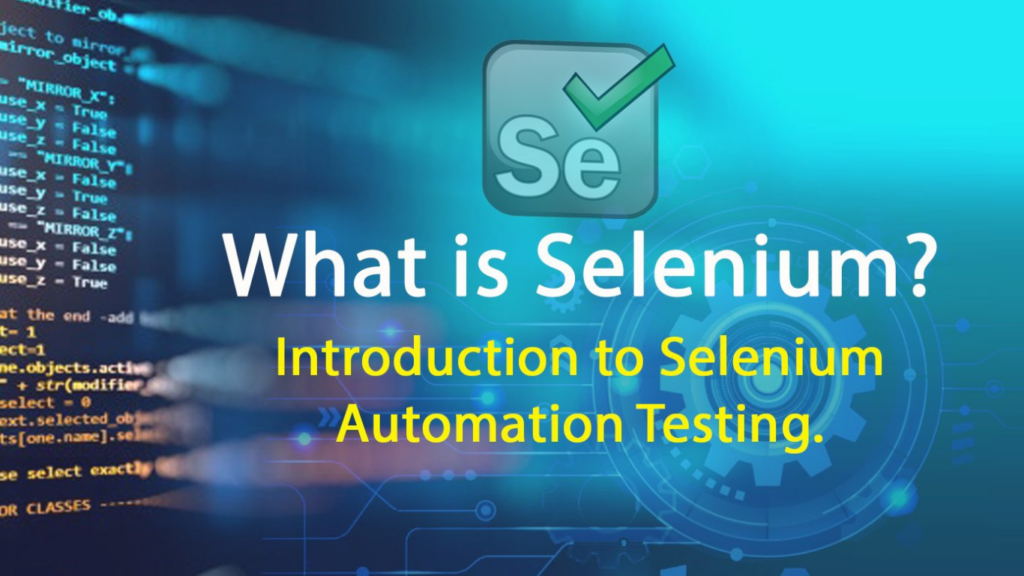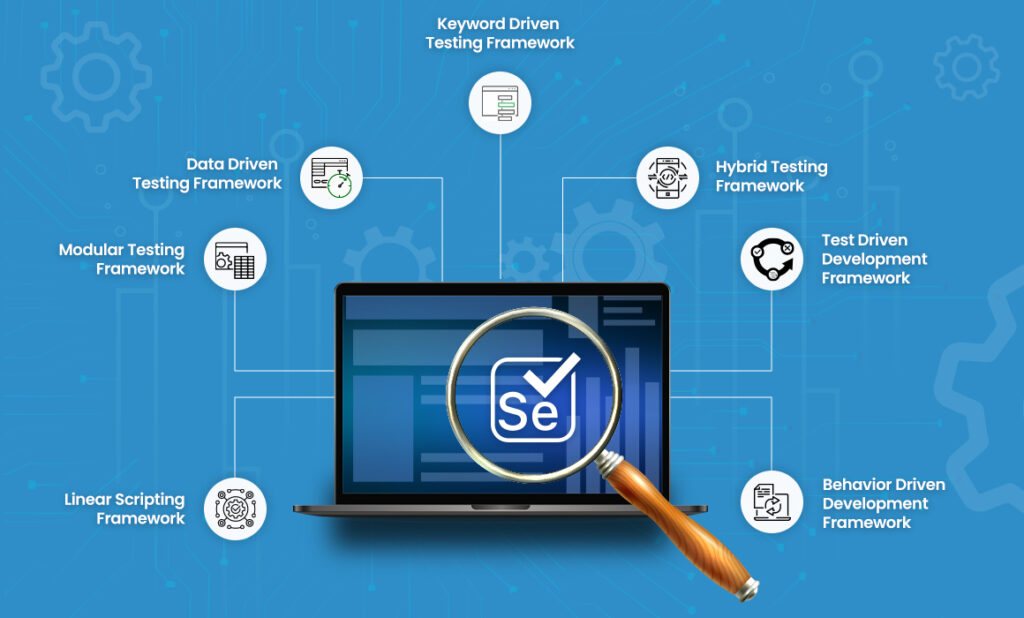To be successful in their organisation, every Business Analyst needs to employ a specific set of Business Analytics tools. For a variety of tasks, including collaboration, requirement elicitation, project management, use case analysis, workflow management, and prototype building, business analysts employ business analysis tools and methodologies.
In an organisation, business analysts are crucial in bridging the divide between IT and business. They aid companies in enhancing their operations, goods, and services. To accomplish this, business analysts employ a variety of data analysis techniques. Business analysts can carry out business analysis duties more effectively by employing a variety of business analyst tools. If you are not familiar with these tools, there are various online business analysis certification courses available where you can learn the basics. Meanwhile here are some of the best tools that you can use as a business analyst in 2022.
1. Trello.
A good and useful tool for project collaboration is Trello. It manages and prioritises tasks via a Kanban-style methodology. A Business Analyst may quickly track their tasks, project plans, and the advancement of crucial operations by using Trello.
2. Confluence and Jira.
Confluence and Jira are effective collaboration tools. Jira’s fundamentals must be understood by every business analyst in order to share requirements and collaborate on projects effectively. The files will be kept in Jira’s centralised repository. Using platforms like Jira and Confluence, all business stakeholders may engage with various teams and view the status of projects.
3. Qilk.
There are many tools that Qilk offers that are really helpful for Business analysts. The company’s flagship product, Qlik Sense, is just one of the many BI and analytics solutions that Qlik offers. Organisations are able to merge all of their data sources into a single perspective thanks to the service. Users of the Qlik Analytics Platform can create, expand, and integrate visual analytics into already-existing applications and portals. Functionality that is embedded is carried out inside a unified framework for governance and security. Simple mashups can be created by users and embedded in other programs, information services, or IoT systems.
4. Balsamiq.
A Leading cloud-based wireframe design software is Balsamiq. Business analysts can use this to brainstorm and sketch new business concepts while working on new product designs. for the product to the appropriate stakeholders with the use of this tool. One of the top business analyst tools for BA is this one.
5. Rational Requisite Pro.
For every BA engaged in requirement elicitation and collecting, the Rational Requisite Pro tool is a need. Its architecture is quite strong, and it can manage requirement documents that are dynamically linked to a project database with ease. Utilising this tool to manage needs is quite simple.
6. Pencil.
Pencil is an open-source, free tool for prototyping and quickly making mockups. Business analysts frequently find it essential to build a prototype for users to understand how the final product will feel and appear. To guarantee the best-finished product for the customer, all inputs and modifications based on consumer feedback can be incorporated into the prototype.
7. Google Docs.
Business Analysts may share and collaborate on documents effectively using Google Docs. With the use of Google Docs, business analysts can communicate with stakeholders about any kind of file or document.
8. Microsoft Visio.
The industry standard for project management and business modelling is Microsoft Visio. Use case diagrams, project flowcharts, project plans, process flow charts, and data models can all be made using it.
9. SAS.
SAS On-site and cloud versions of Visual Analytics are both available. Users using visual analytics can visually explore data to quickly identify important linkages, outliers, and clusters. Additionally, users have access to sophisticated visualisations and auto charting-guided analyses. Due to the tool’s ability to manage complicated models and absorb data from various sources, advanced analytics has helped SAS establish its reputation. SAS provides solutions for data management, IoT, personal data protection, and Hadoop in addition to BI.
10. Tellius.
Tellius is a platform for AI-driven decision intelligence that enables quick data insights. The business uses automation and augmentation to speed up customers’ time to insight. Users of the Tellius Platform can query their company data, examine trillions of records, and derive automated insights by combining AI and machine learning with a search interface for ad hoc exploration. Live Insights, is a new product from the company that gives AI-guided insights from cloud data warehouses without moving data.
11. Salesforce.
Depending on the position, sector, and features that are offered, there are various variants of the Salesforce Einstein Analytics tool. Users can respond to inquiries using the product’s automatic data-finding capabilities that leverage clear and intelligible AI algorithms. Users can also modify analytics to their use case and enhance insights with detailed recommendations and specific guidance. Einstein lets you develop advanced experiences using third-party apps, customizable templates, or custom-built dashboards as well.
Conclusion:
In conclusion, a Business Analyst needs to keep himself updated with the information of the leading Business Analyst tools for BA. Various leading institutes offer the best online business analysis training to amp their industry knowledge and achieve their career objectives.





























